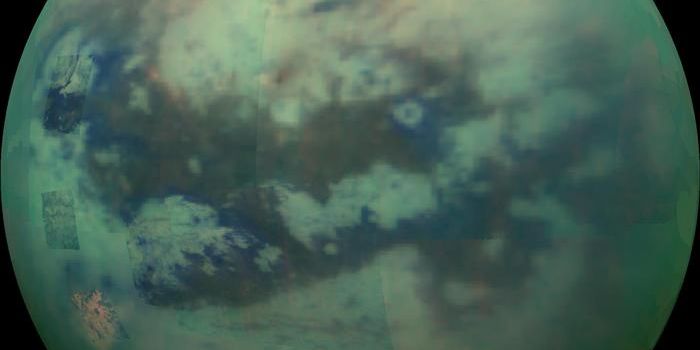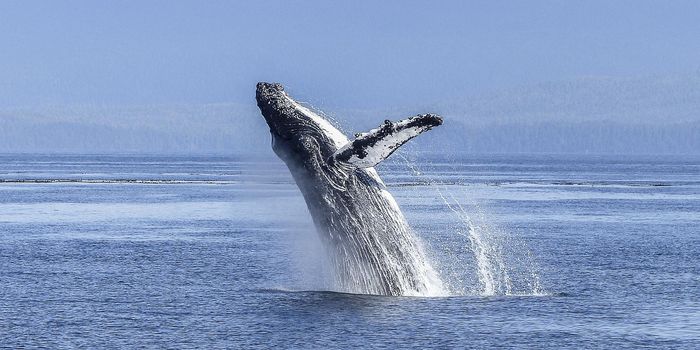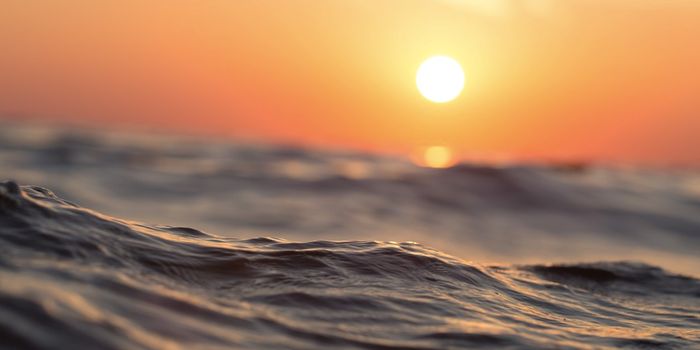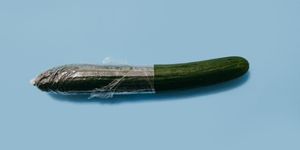What is Turning Antarctica's Snow Red?
A phenomenon referred to as “watermelon,” “raspberry,” or even “blood” snow has turned Antarctica’s pristine white landscape to variegated red. According to Smithsonian Magazine, attention was first called to this occurrence last week when the Ministry of Education and Science of Ukraine shared photos to its Facebook page. The images featured the area surrounding Ukraine’s Vernadsky Research Base, which is located on Galindez Island off of Antarctica’s northern peninsula.
What causes this unusual coloration? Smithsonian Magazine and several other news outlets reported that a microscopic red-pigmented alga—Chlamydomonas nivalis—is the source. This type of algae is not uncommon, and Newsweek reports that it is the most common type of algae found in the snow. Thanks to unseasonably and record-breaking high temperatures in the region, snow and ice melted, allowing the typically frozen and dormant algae to bloom. Newsweek reports that the snow has a sweet smell, “not dissimilar to the fruit that it is named after,” referring to the name “watermelon snow.”
According to Smithsonian Magazine, Chlamydomonas nivalis is a type of green algae and turns red when the weather warms up. The algae’s carotenoids—the reddish-orange pigment similarly found in carrots—absorb heat and act as a sunscreen, protecting the cells from ultraviolet light. The magazine also reports that Aristotle first observed the spectacle of red snow in the third century BCE. In the early 19th century, explorers attributed the remarkable coloration of the snow to an iron-nickel meteorite.
The Ministry’s Facebook post stated that this unusual coloration, which was caused by climate change, also contributes to further climate change impacts. According to the post, “Because of red and raspberry coloration, snow reflects less sunlight and melts faster. As a result, it has more bright algae formed in it.” This results in a feedback loop of warming, melting, and blooming. A study published in Nature Communications in 2016 discovered that this red snow could decrease snow’s albedo by 13% during an entire season. According to the study, “reduction in albedo accelerates snowmelt and increases the time and area of exposed bare ice.”
Sources: Ministry of Education and Science of Ukraine, Nature Communications, Smithsonian Magazine, Newsweek








